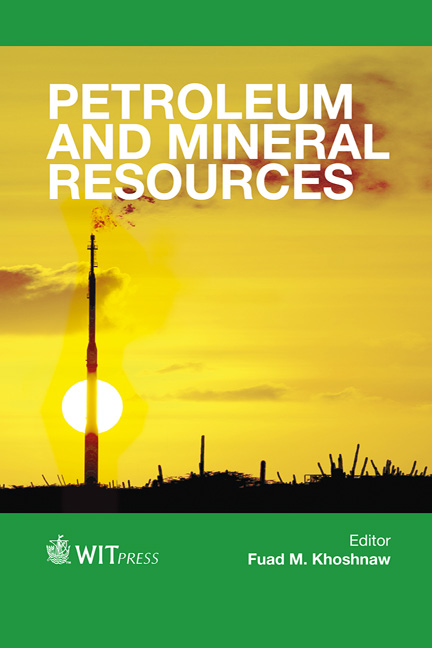Material Substitution Of Coil Tubes In CT Drilling Technology For Hard Rocks
Price
Free (open access)
Transaction
Volume
81
Pages
10
Page Range
133 - 142
Published
2012
Size
502 kb
Paper DOI
10.2495/PMR120121
Copyright
WIT Press
Author(s)
R. Roufail & V. Rasouli
Abstract
The fatigue life of coil tubing is known for its low cycle due to multiple bend events. Since fatigue failure is usually catastrophic, the tube is commonly withdrawn from service earlier based on its operation life database. The coil tube in a drilling system needs to be light in weight to facilitate the transportation and manoeuvring of the equipment. It also needs to last for few hundreds of drill holes without failure to speed the drilling process and decrease the cost per drilled hole. The conventional material of the coil tube available in the market is high strength low alloy steel (HSLAS), which is relatively heavy for frequent repositioning, and has a low bending fatigue life. In this study material selection analysis is performed on a variety of candidate material using performance index method. The performance indices are evaluated based on the candidate materials’ unit weight, bend-ability, load carrying capacity, specific stiffness, and fracture toughness and corrosion resistance. The results suggested composite materials, 56% E-class glass fibre, 73% E-class glass fibre and 63% carbon fibre scored the highest performance indices that are 62.2, 51.4 and 48.2, respectively. Such materials are suitable alternatives to the high strength low alloy steel. Candidate material properties are extracted from literature. A further study is in progress for existing coil tubes, where their material properties will be investigated for selection purposes. Keywords: coil tubing, material selection, performance index fatigue, drilling.
Keywords
coil tubing, material selection, performance index fatigue, drilling.





